The 5 why’s of a real “ship-wreck”
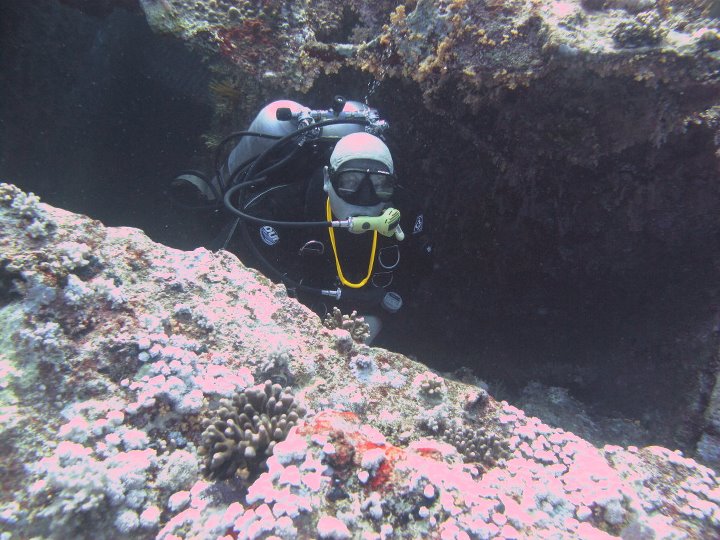
So for some reason I have decided controversy is a good topic of conversation, the title gives the subject matter away which means we are going to be discussing, or I am (you can chip in in the comments or feedback sections on here if you like debate?) the status of Ship-wrecks. I have, on occasion in this “diary of a madman”, already mentioned my perspective on ship-wrecks, and my personal take on all other items found on the sea floor, not considered ship-wrecks, by me at least. The “5 why’s” in the sub-title of this piece might not be familiar to anyone inclined enough to read this, however it is a common tool used in manufacturing/engineering, and several other disciplines, In order to determine the root cause of a problem, the “5” being the generally accepted number of iterations optimal to producing an answer, or at least coming to a feasible conclusion…..You could use more than 5 repetitions, you could drill way down to determine some problems, Air-Crash investigation is unlikely to be satisfied by only 5 levels of investigation to determine the reason behind a disaster, nor perhaps a board of enquiry into the Costa Concordia for example…..but 5 should be ample to suit my purpose

There are several ways to approach the real issue but perhaps the best is to work out the exam question we are trying to answer, which, in various forms is: “what really constitutes a Ship-wreck?” There are many types of incident leading to a ship-wreck, collision, fire, storm, mechanical failure, act of war, sabotage, navigational error to name some of the most common. There are other, perhaps less obvious, circumstances that can lead to ship-wrecks, insurance fraud probably being the most common, and maybe to a lesser extent, neglect, although these will be a blurring of lines for the most part, as would a ship sinking as a result of human error, such as the Herald of Free Enterprise or the Estonia, where several issues combined to take a ship under. I suppose these are the easy and then the slightly more challenging of the categories, the ship may have sunk as a result of an impact on a reef, but was that really navigational error or a struggling owner taking a dangerous route out of a sticky financial situation, or perhaps a ship past its best costing more to run than it brought in as revenue….. Anyone having dived the Red Sea could probably debate several vessels that might fit either of those descriptives
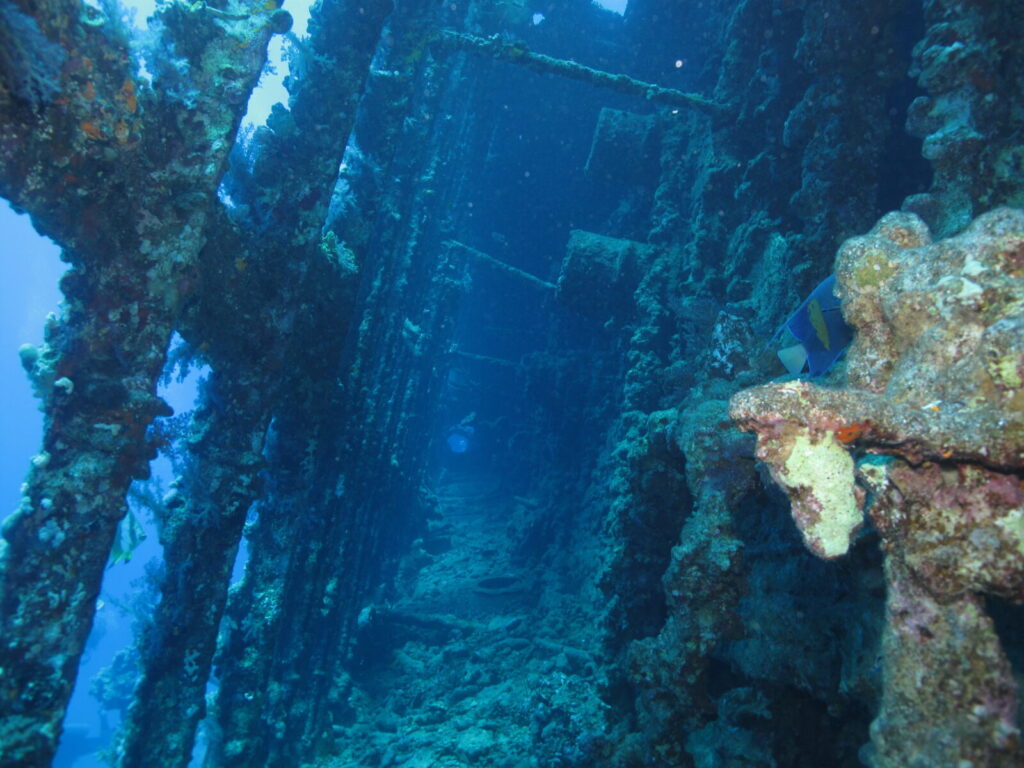
Perhaps another valid question might be “why” do we need to determine what constitutes a ship-wreck, does it really matter? Isn’t it fairly obvious in most, if not almost all of the circumstances vessels come to grief, and should divers even care? There’s a rub there somewhere, at least for me, I will share what I mean later in this piece but suffice to say, for some reason, it is very important to me that the ship-wrecks I dive are “real”, they floundered, came upon circumstances beyond the control of their crew or captain, they went to the bottom for a reason, albeit accident or purposeful destruction (as in an act of war…), mechanical or human failures….. Now that we are on the subject of personal feelings let me be clear, this piece and those on the site will always be my own perspective and nothing more, I am very happy all who stumble on these ramblings have their own opinion and perspectives and that is a healthy situation, don’t think I have any “deep” meaningful insight to any of this, it is me writing up what I hope may be of interest, nothing more….ever! So, the first “Why” then, why do we need to determine which are true shipwrecks and which are not? I will answer with my point of view: There are perhaps hundreds of thousands of ships under the sea, of those there are hundreds of thousands of stories surrounding the manner of sinking, the circumstances leading up to the sinking and the stories of those involved in the sinking, this is our globe’s maritime history. It is impossible to dive many, if not most of those wrecks due to depth, the middle ocean cannot be reached by any other means, at present, than deep submersibles (Jason, Argo, Mir etc…..) or ROV’s, divers are confined to the continental shelf wrecks, and many of those are far too deep to dive with scuba kit too. So divers are limited to the perhaps hundred thousand shallow-ish continental shelf wrecks, most down to no more than 100m or so maximum, for the most adventurous of our technical mixed gas and re-breather divers. Perhaps we are now down to 75000 wrecks in the more “normal” diveable range…..these figures are just guess-work, nothing more, and an exercise in understanding where I am coming from…..of all the diveable wrecks in the seas of the world, it is easy to see there is not time in a single life-time to do more than a tiny percentage of those wrecks, no matter how young you start and how long you remain an active diver during your lifetime. So partly, for me at least, I have no time to do anything but dive the wrecks I want to and can get to, and even then I will leave this earth having a huge wish-list remaining un-dived and frustratingly out of reach, and as a result, why would I want to dive anything but the “real” amongst the reachable accessible shipwrecks of the seas? So I want to know the wrecks I dive are genuine, real wrecks and that the history behind and surrounding those wrecks is, essentially, genuine time-travel!

So to the second “why” of our piece, why is the history of “Other” shipwrecks not equally of interest to me? If the paragraph above answers the “why real shipwrecks” question, and mostly that is embodied in the wreck’s history, why isn’t there equal value in the history of say HMS Scylla off Plymouth? HMS Scylla was a Leander class frigate (F71) commissioned in 1970, and ended her career, following de-commissioning in 1993, as an artificial reef in 2004 after the reduction of the fleet under “options for Change”, possibly the worst ever re-organisation of British Forces in History. Scylla had been the last ship built at Devonport docks, and had served with distinction, so what makes a “wreck” like Scylla less interesting than the James Egan Layne sitting just a few miles from her in Whitsand Bay? Let’s answer the second “why” first as we just introduced the third unintentionally early…… Why “other” shipwrecks such as Scylla are of little interest to me (personally) is slightly more than a simple answer and surrounds many factors, some of those would be: I hate the sanitising of a ship, by commercial interests, as it robs the authenticity of the ship itself…..if a ship has real armaments and complex, dangerous areas in it, so be it, why would you think a scaffold pole welded into a gun breech would be a fitting substitute to the real barrel? Why do those sinking these ships believe cutting all but the metal shell of the ship from its interior, and gas-axing huge holes in her to facilitate “safe swim-through’s” is better than leaving the ship whole and just cleaning her environmentally? What remains, when sunk, is a travesty of the ship itself, gutted and impotent, all vestiges of her purpose gone and just a carved up hull littering the sea bed. The ship may have an illustrious past, may have been significant in many ways, but has been taken to a site and then deliberately sunk and thus has lost relevance in terms of that historic context, it has been placed deliberately, no association with the descriptive “wreck” should be claimed. If, as some would claim, the genuine purpose of the exercise is to create an artificial reef, surely that can be achieved using far cheaper, less intrusive means such as concrete structures used to create breakwaters and groynes? No the real purpose of ships like Scylla is to generate income for dive-centers locally who have nothing, or little to offer, or those who see real shipwrecks as “dangerous” or as disappearing history which, when truly ravaged to flat metal plates on the sea bed will mean no further wreck diving business…..

So to “why” three: why is the history of a wreck like the James Egan Layne of more interest than Scylla? This is more difficult to answer as both vessels clearly have history and both would make an interesting study adding to the experience of diving them, and yes I have dived both, although I have dived the James Egan Layne of personal choice on several occasions, and Scylla only on a re-breather course as part of the course, as planned by those delivering it. Would I have chosen to dive Scylla, even as part of the course myself, no, categorically, the James Egan Layne would have been far better in my opinion. So what leads to this situation? I think for me it is the circumstances of the sinking, the two ships were sunk deliberately, one by an act of war, the other by an act of commercial intent. Is that commercial intent paramount in my view of the relevance of the Scylla as a dive-site, not completely, but it is definitely a contention. I do not believe in littering the sea-bed with such ships when there are already many true wrecks, with real history, that resulted in their demise at the point they were last afloat and resulted in their situation, orientation and state of preservation at the wreck site when dived. I think the key here, for me at least, is that the immediate history, the final act of that history, was the cause of the sinking of the ship, not some powder monkey with a wired charge sequence, initiating explosions for a horde of spectators………
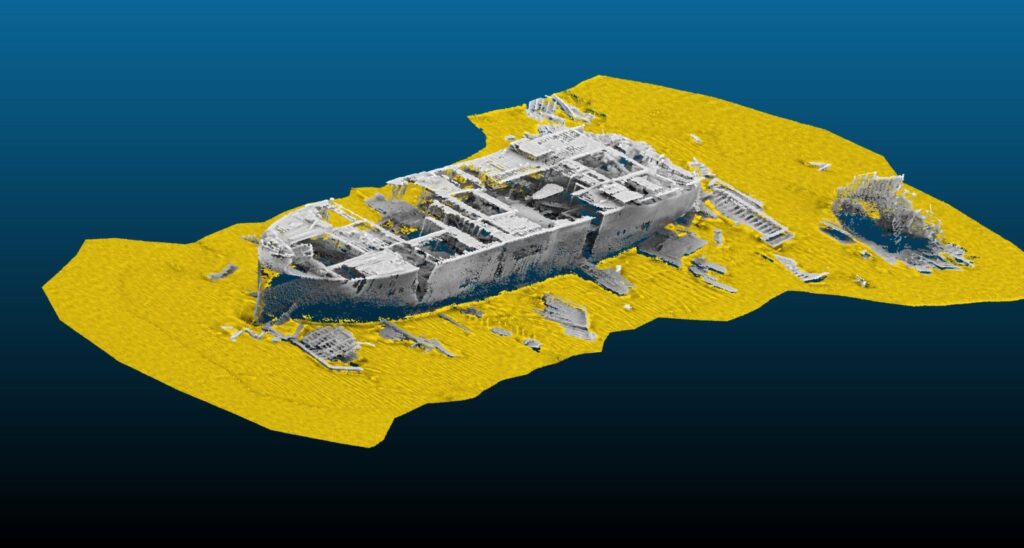
Why four is in and of itself a complexity, a “split infinitive” of wreck determination if you wish…… “to deliberately wreck” as in the multitude of wrecks of foreign flag operators strewn around the reefs of the world, strongly suspected of being “insurance jobs”. So “why four” is why potentially deliberately sunk vessels, likely to have been insurance claims, are not considered (by me) exactly the same category as those such as Scylla ie: “placed attractions”? Another layer of complexity appears here as I cannot give an absolute answer, where there is doubt, (and the idea of sinking any ship deliberately to enable an insurance claim, undoubtedly is predicated on the intention to cause as much “doubt”, as to the real nature of the sinking, as to mean even the most thorough investigator cannot say for certain the accident did not occur naturally……), then there is as much genuine historical context to the sinking, as not. Is that enough for me in truth, no, the idea I am diving on a ship deliberately sunk by its captain as an act of paid vandalism does indeed detract from the dive somewhat, however the understanding that it cannot be determined definitively means the wreck is a desirable dive, far more so than that of a sanitised business venture designed to attract gullible, or undiscerning divers
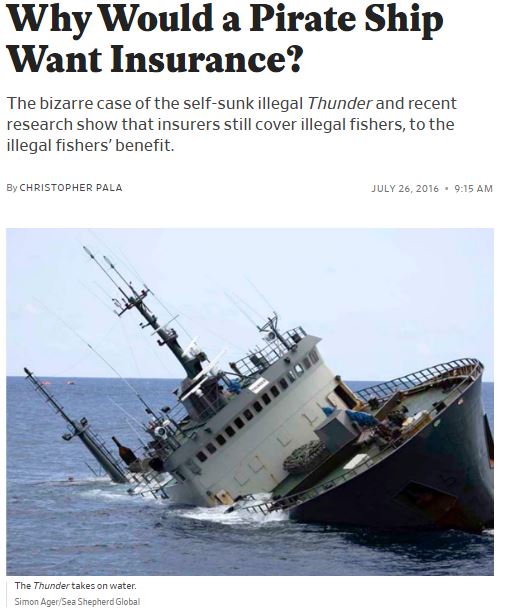
To conclude our “5 whys” I offer you the final and most sublime of all the questions, “why worry” why would anyone care if a ship is classed by some obscure old diver from Liverpool as a “real” wreck or not? Well, that’s more for you than it is for me to be honest! Do you care why I have brought this issue up, perhaps, perhaps not? Are you aligned with the purist view, that a wreck is determined solely by its manner of end, by the sheer force of nature or act of aggression, perhaps by the miss-management of its maintenance, its cargo, or by the conduct of its master or crew, or are you more aligned to the “cool new wreck” stance taken by those dumping surplus shipping into the seas around our world? I ask as, inevitably, you will be curious to see ship-wrecks (as divers), you will help determine the course of the dive industry in the future, whilst I will perhaps not, for too much longer. I urge you all to consider the wrecks you dive in a more enquiring way, how did it get here, what was its mission, who were its crew and what caused it to sink…..I have done this for the last 30 years of diving and it has given me decades of fascination, frustration, elation and wonder…..if nothing else the “why worry” should pose more of a question than all the others together, for it asks you if you care….and the answer, as far as I am concerned, should always be yes!

Have I enjoyed diving on “placed attractions”? Hell yes, some of you will have read the piece on Stanegarth and my family connections to the little Rea tug, I hope that piece articulated the value of a placed attraction and showed the affection I have for the vessel and its history. Some may wonder how it is possible to hold such defined views on “real” wrecks and still dive the odd exception? I dived not so long ago on an American vessel of WWII vintage, the Indra, a US Navy Achelous class “Landing Craft Repair” vessel, I had no idea the wreck was sunk as an artificial reef after the war, the ship itself genuine enough, and the dive was a good one, teeming with wild-life, (an example of the successes of the artificial reef programme off N.Carolina) and the wreck was in fantastic condition, whilst others we visited had seen far more damage and dereliction over the previous 65 plus years. It was not until I got back on board the dive boat and started asking the questions I had not had time to do so before the dive, what sank her, what was she doing in the area, that I got the story of her sinking as a reef and it was such a disappointment, what had been a marvellous dive to that point had now taken on the air of a deception, de-valuing her to me and meaning I had wasted an opportunity to carry out 2 dives on a local U Boat wreck, for the sake of a dive on an artificial reef. The dive was an enjoyable one, but the circumstances meant it was just a dive, of no historical significance to me from that point……such a shame, but take a look, see what you think!
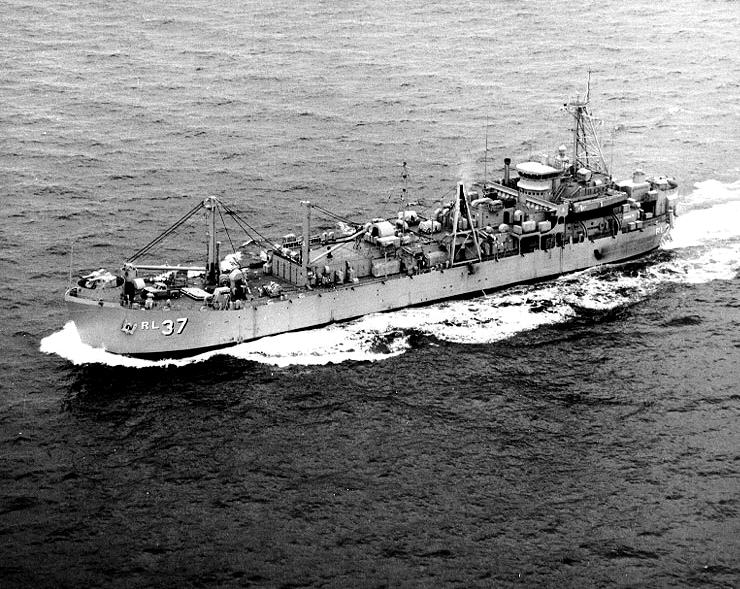
Take a dive on her with me………
